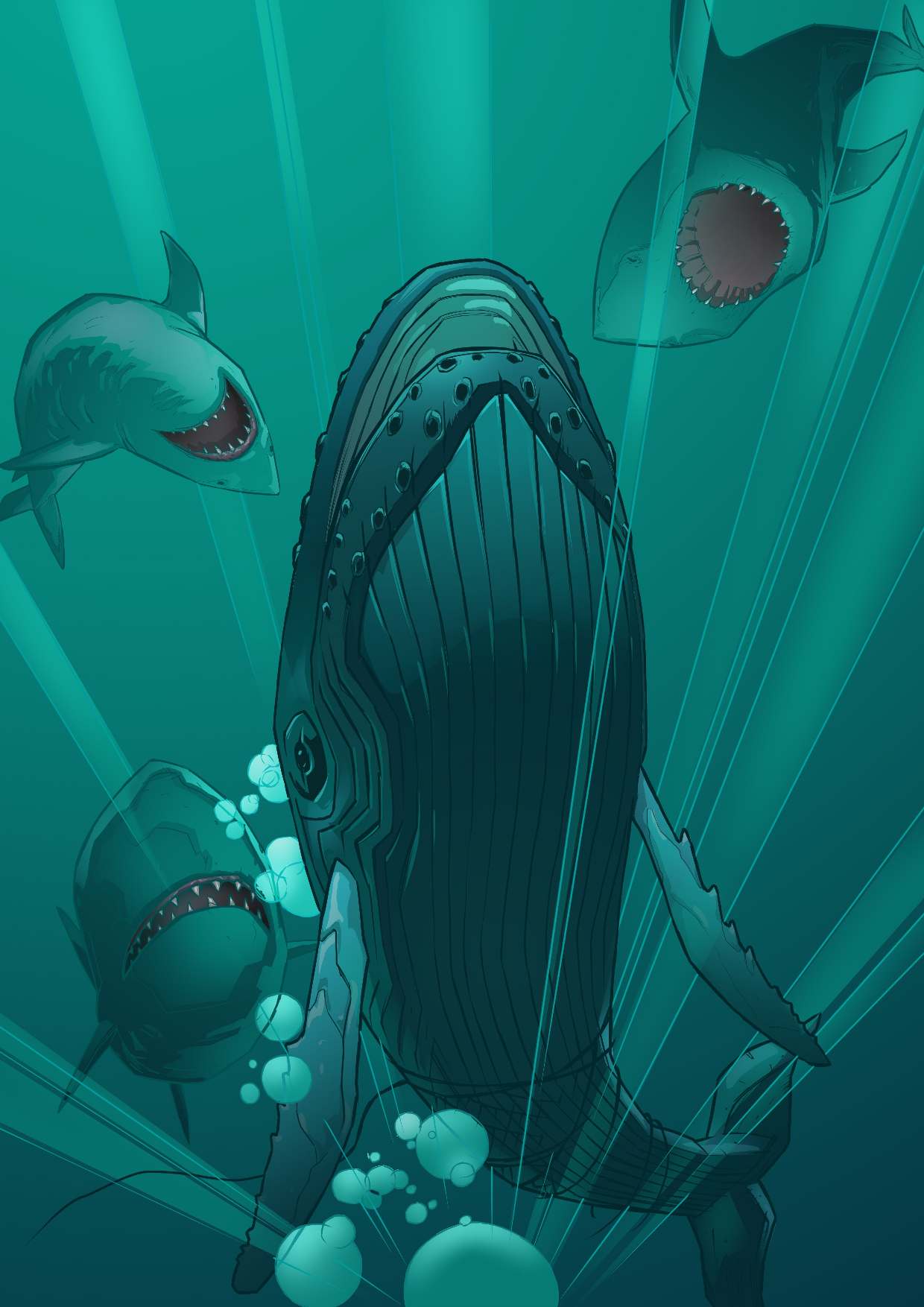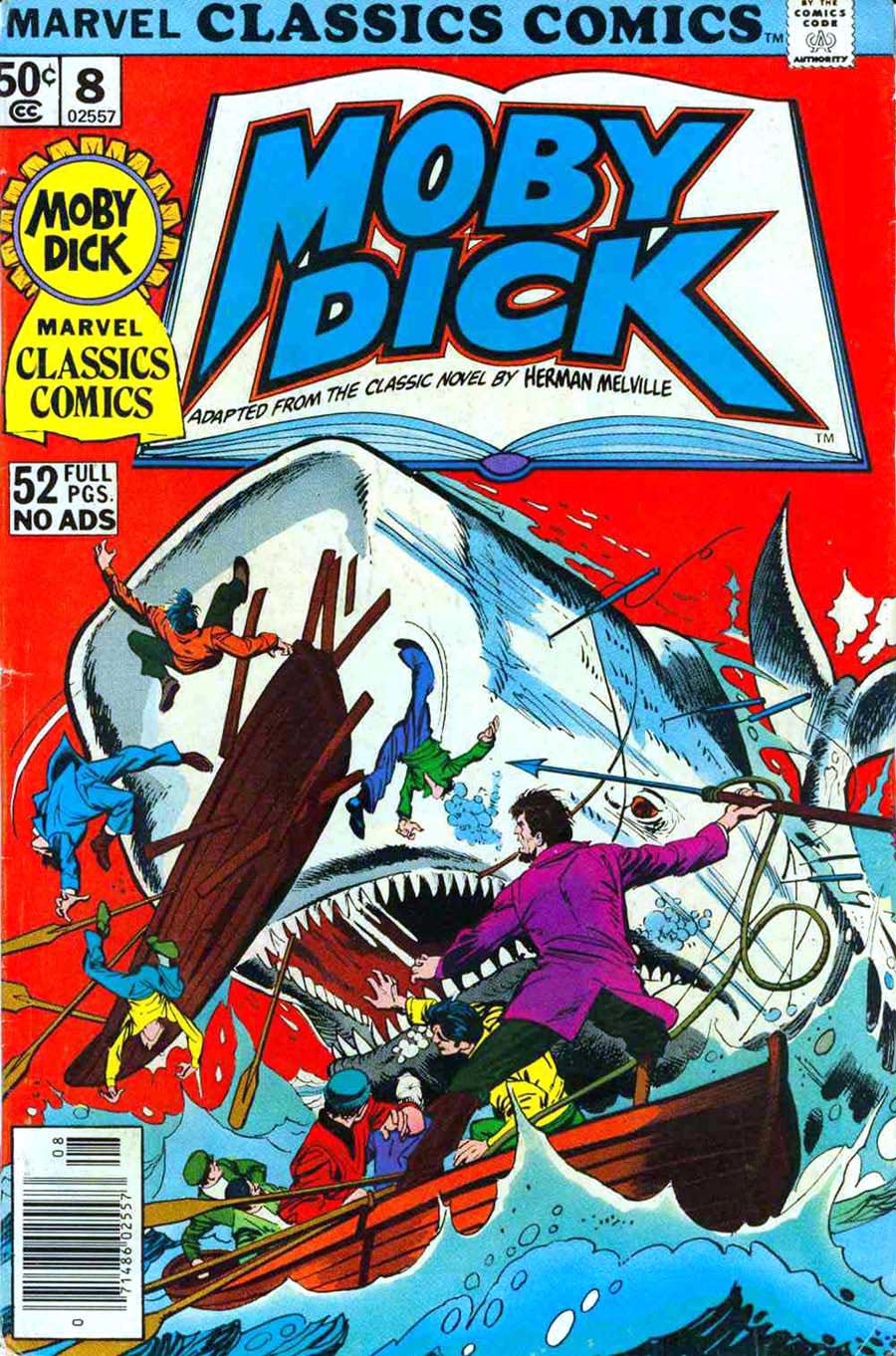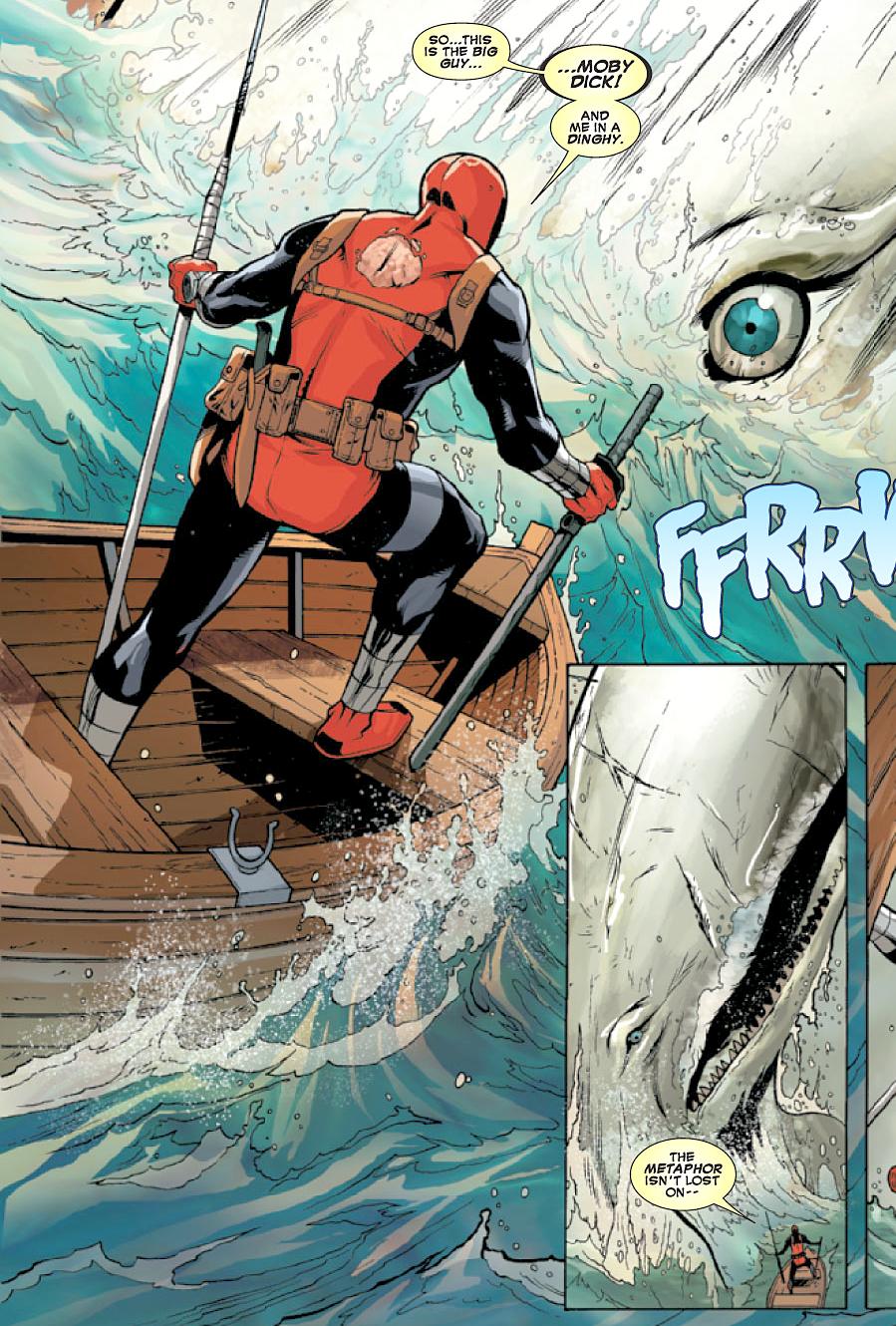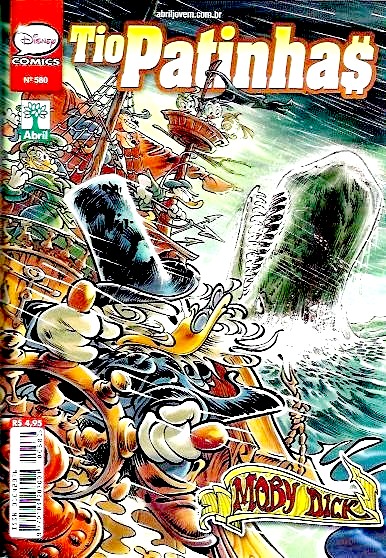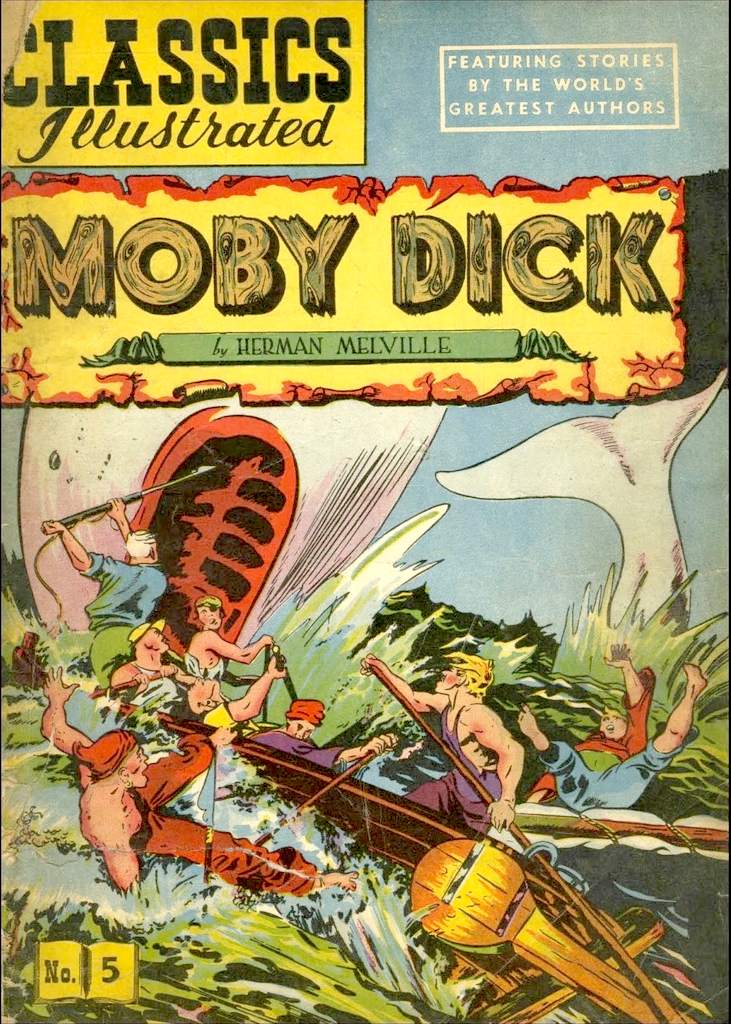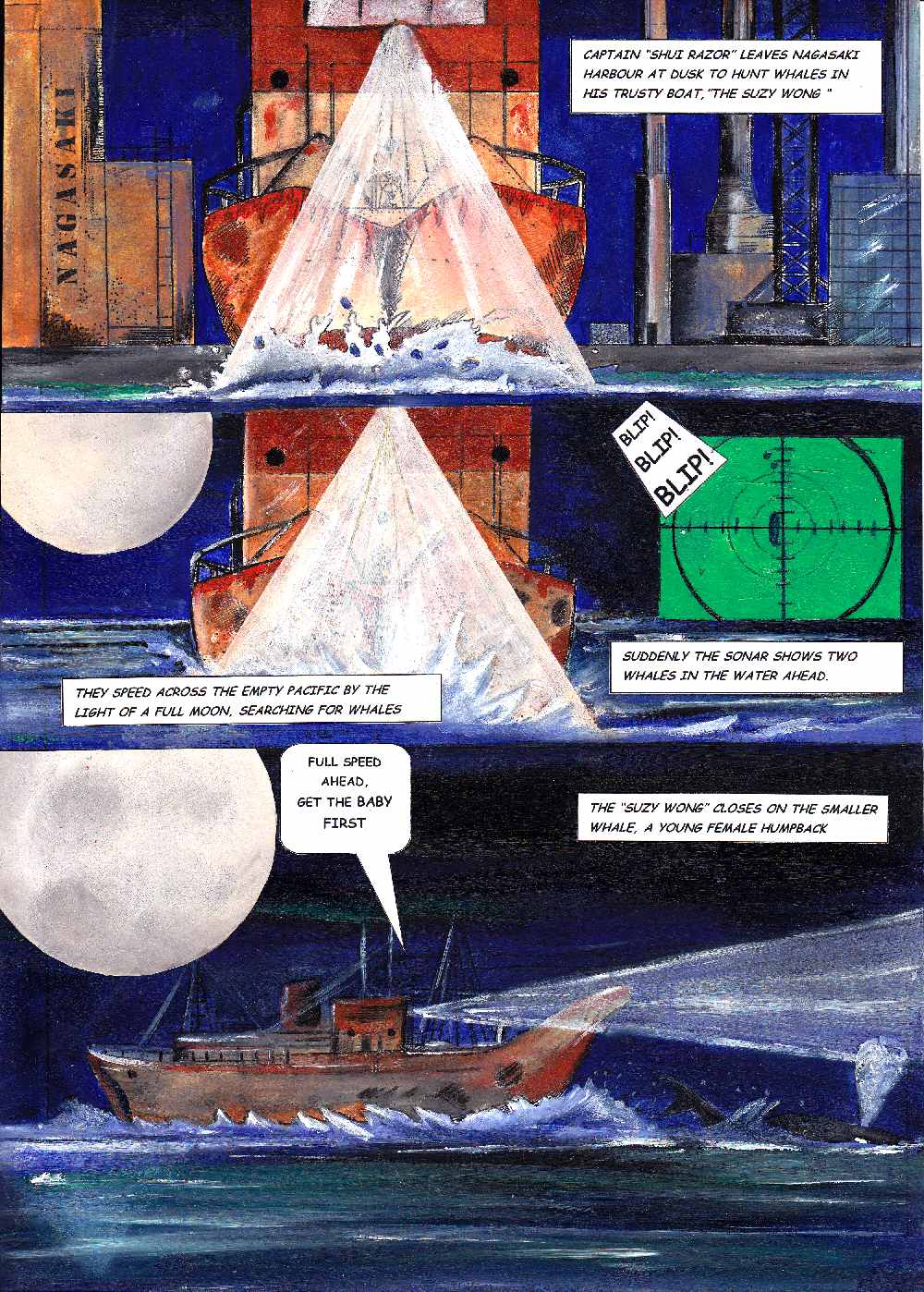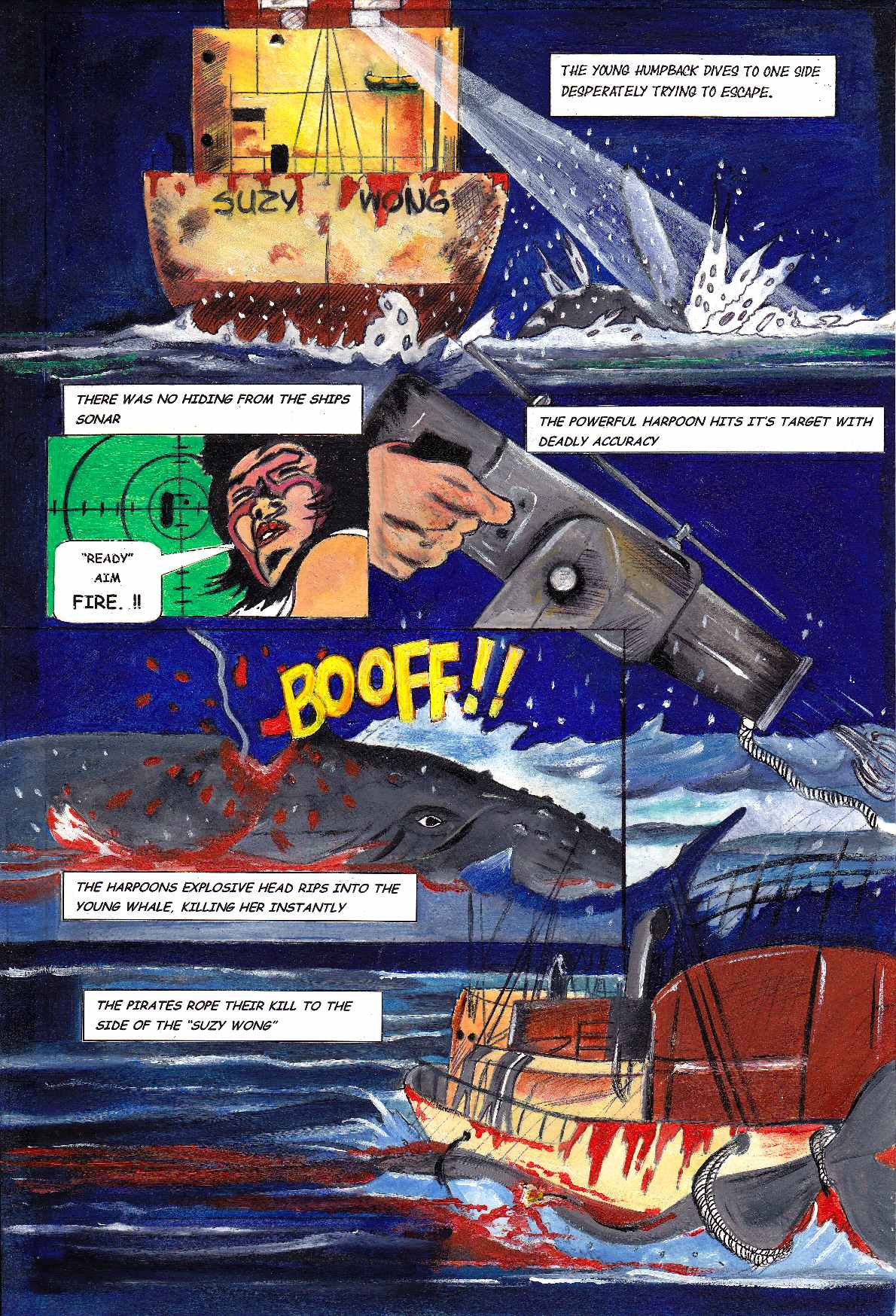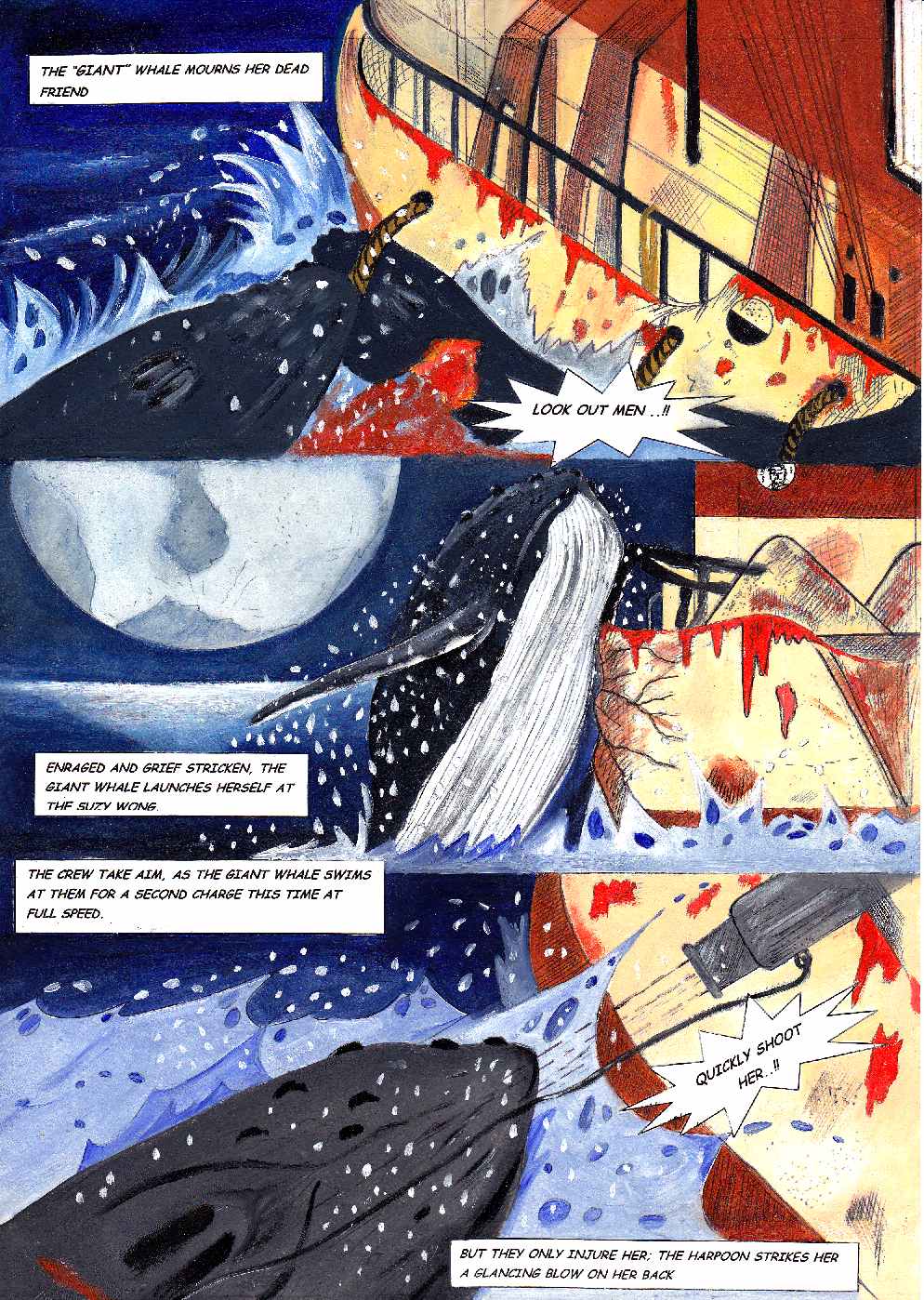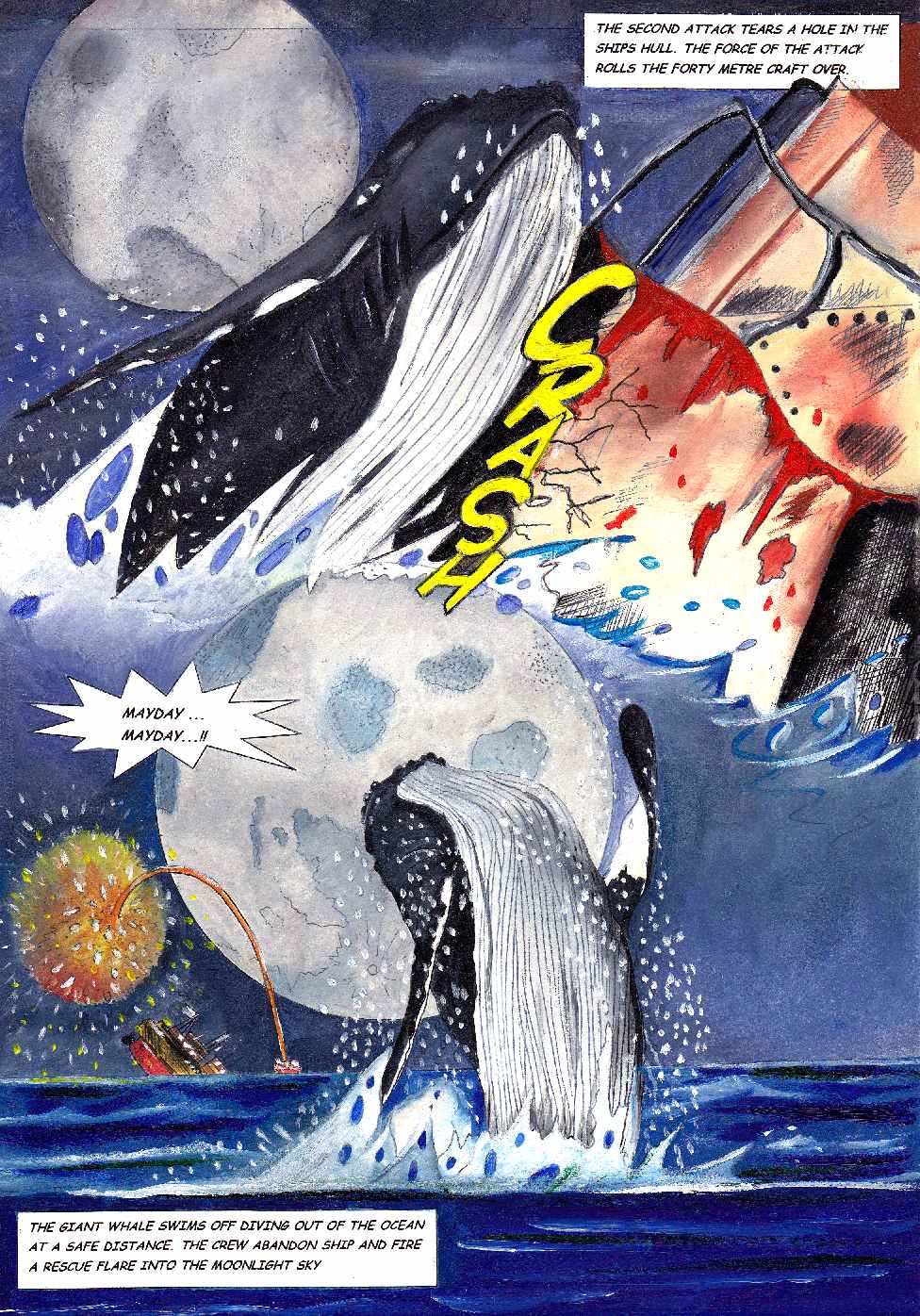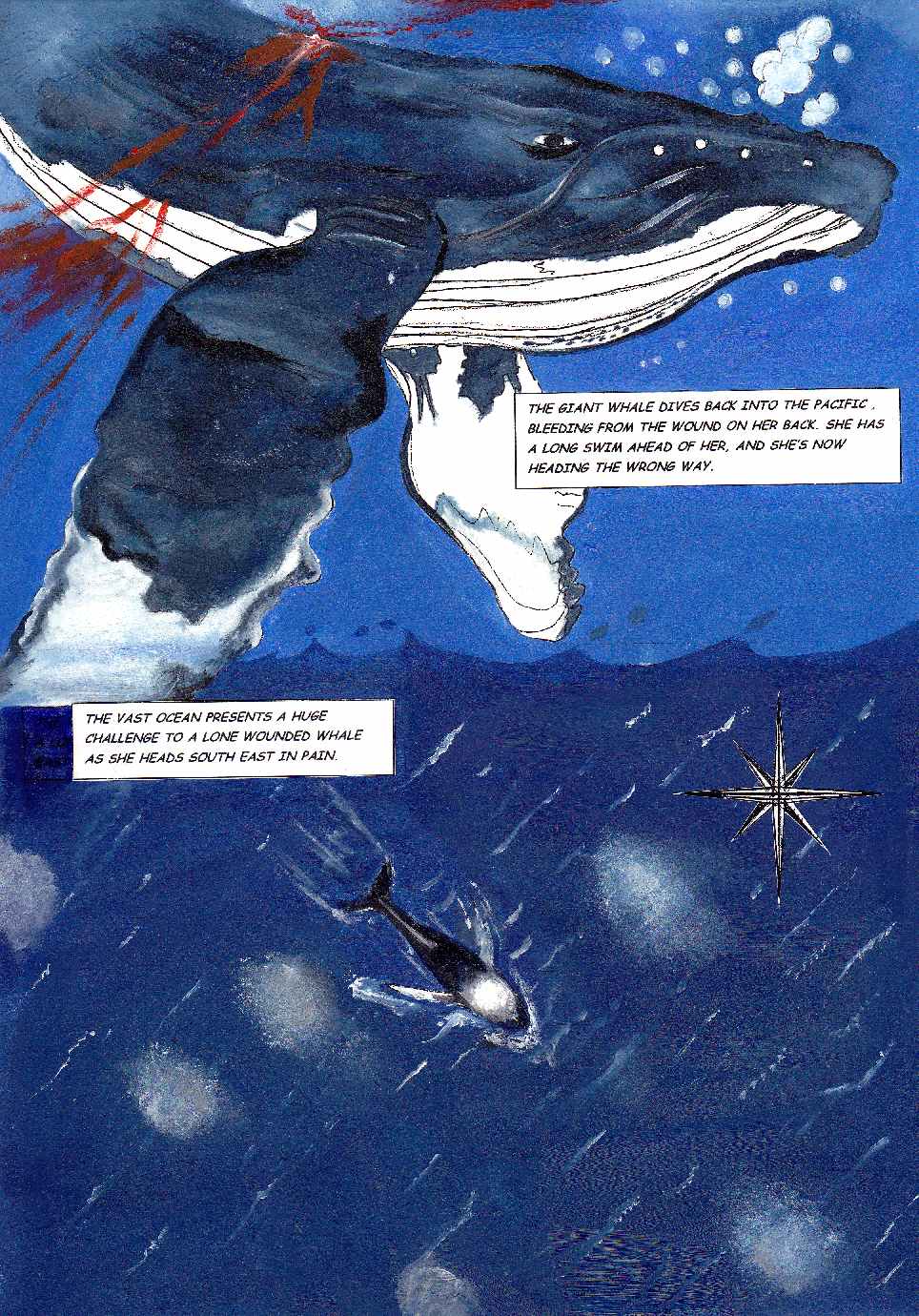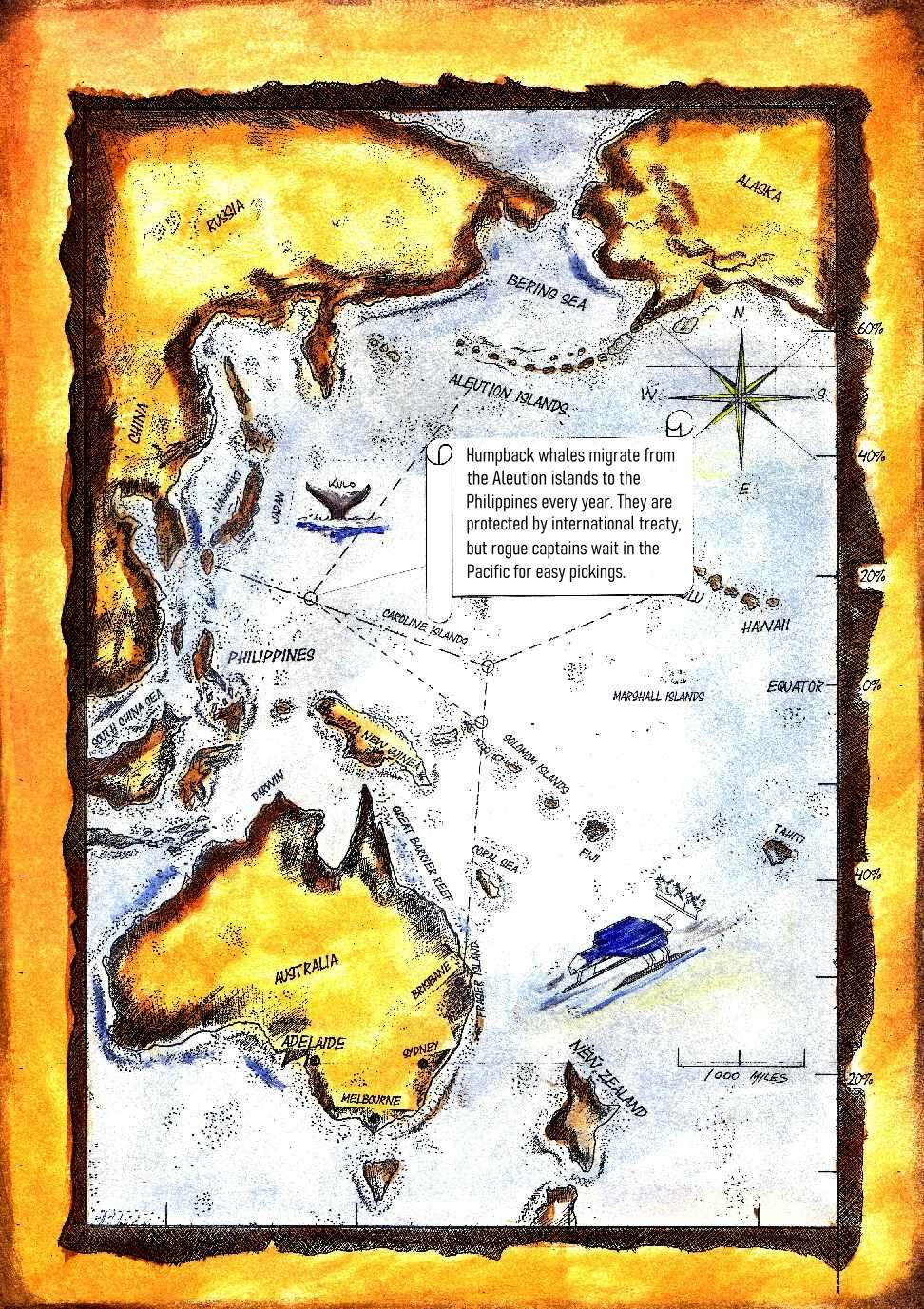|
KULO LUNA - GRAPHIC NOVELS
Please use our A-Z INDEX to navigate this site
|
||||||||||||||||||||||||||||||||||||||||||||||||||||||||||||||||||||||||||
KULO LUNA - SHARK ATTACK - This is a second stage development of the artwork as the lead illustration for this chapter. You can see the development of this chapter, through the sketch stage, by clicking on the picture above. Copyright © pictures Cleaner Ocean Foundation Ltd December 2020.
The adventures of John Storm and the Elizabeth Swann. John Storm is an ocean adventurer and conservationist. The Elizabeth Swann is a fast solar powered boat. During a race around the world, news of the sinking of a pirate whaling ship reaches John Storm and his mate Dan Hawk. They decide to abandon the race and try and save the whale.
The Cleaner Ocean Foundation Ltd., in association with Jameson Hunter Ltd., are looking to tell the Kulo Luna ocean adventure in one condensed 70 page special edition and still produce an enjoyable read.
Taking the superb Moby Dick as an example, Herman Melville's classic tale of a giant albino whale, has been adapted to comics and other illustrated versions in many different ways, by for example, Marvel and Disney. Moby-Dick was based on a real whale from 1838 that sank around 20 ships, called Mocha-Dick. It is well worth checking out the illustration styles of these modern adaptations.
Marvel got in on the act with their illustrated Moby-Dick series, then gave Deadpool a shot. Even Disney comics had a go with Donald Duck at the helm - each appealing to a different age group, but all based on the Herman Melville classic. Even DC got in on the act with Batman chasing a villain in a Moby Dick theme boat. Kulo-Luna is also based on the fact that a large enough whale might sink a small ship, given the impetus - reference Mocha Dick, a large whale that sank around 20 ships. The difference is, that Kulo-Luna is set in the future, and is an original tale based around climate change and plastic issues.
The average comic length today is somewhere between 24 - 40 pages in length. Graphic novels use more pages (260mm x 171mm), and sometimes larger format pages (276mm x 210mm).
You can see that we have already lost 20 chapters (table below) in the first prune from the written book.
Students of art, illustration and graphic design are invited to illustrate one page from any of the Scenes from the Graphic Novel menu (index) below (as an individual entry), and no more than two pages from any scenes for an official group entry.
The award (scholarship) winners will be expected to complete their chosen scene, or most of it such that the examiners might fully appraise their work, for potential employment purposes. If that is of interest to the winner(s).
In the graphic novel, several scenes go to make a Chapter. In the written book, a Chapter converts to just one Scene - hence the compression.
AIMING FOR 72-85 PAGES - 'THE FORMULA'
Where we are aiming to tell this story in one Graphic Novel, it would be reasonable to allocate 14 to 17 pages per chapter. There are 5 chapters. This equates to around 2.6 - 3.2 pages per Scene on average - this rule to be flexibly applied.
The sample chapter below (Whaling Chase) is 5 pages, divided into 14 illustrations.
Three pages equates to between 9 - 15 pictures to illustrate each scene and tell the story. These figures are only to guide you - to help you to plan out your layout.
We are flexible as to the number of pages that eventually goes to print. It is better to have a nicely illustrated story, than to skimp on pages. But, there are practical limits.
You may want to start to plan your layout with a series of rough pencil sketches on an A3 or A2 sketch pad, until you have planned out the sequence for each page - as it relates to the scene you have chosen to illustrate.
Typically, finished artwork would be on Bristol Board. Today, computers make that unnecessary. Printers can work straight from digital images. Though light boxes and tracing paper is still useful to repeat images in other scenes, etc.
HOW MANY SCENES ?
Entrants may illustrate more than one Scene - if for example - it would help to show their work in a more rounded or complete way - or they just feel the need.
For example, Scenes 6-8 all go together, as the build up and start of a solar boat race.
Details (pictures) of the final design for the Elizabeth Swann will not be revealed until 1st August 2020.
COMPETITION - THE BRIEF
Artists should choose the scene(s) they are most interested in illustrating from those listed 1-24 below. Each Scene has its own (suggested) illustration brief. Pictures should not include text captions. These are written and overlaid by the writer(s) to complement the illustrations, after submissions.
Each link in the Graphic Novel listing below gives a brief summary of the scene, to avoid having to read the full written chapters before making a decision on what you'd like to illustrate.
Having chosen the scene(s) you like the look of, then it is a good idea to read the written (book) version of those chapters. This will give you a fuller idea of what it is you are being asked to illustrate. There are suggested illustration sequences for each scene to assist.
Then apply the above 'The Formula' to sketch out the scene(s), aiming to use as few illustrations to tell the story as possible.
For story development purposes, the above is a Road Map guide for artists and writers.
OTHER ART COMPETITIONS & CONTESTS
There are many similar events all around the world, some of which we list on this website. See the link above. You are in good company.
MORE ON COMICS
Comics and graphic novels both use pictures and text to tell a story. There are amusing comics like The Beano, to make children laugh, war comics like Commando, horror (Tales Into the Unknown & Tales From the Crypt) and then superhero comics like Marvel and DC.
Of these Marvel and DC and very popular, in turn generating excellent films and creating thousands of art related jobs, where the comic format becomes more a graphic novel, as in a longer fictional work.
CARTOONISTS
Graphic novels are shorter than books that have no illustrations to describe scenes and action, so need words to paint a picture in the reader's imagination. They are the elongated version of comics if you like. Our comics are actually somewhere in between a graphic novel and a comic, where we are allowing more space to tell one full length story. This format is popular with a lot of advocates as it make for a more interesting read.
Below is sample art for a section of the first edition. The style is not yet definitive or settled, and we are aiming for a popular style to make the scenes more interesting.
....
....
....
....
This artwork was to demonstrate how a story could be illustrated using paints on paper, with only the text being computer generated.
Originally, the $Billion Dollar Whale adventure was to be 5 graphic novel editions of up to 64 pages per edition, giving the "team" a potential 320 pages, minus standard location, intros and credits, to tell the story. This is still a possibility, after the 1st (limited) Special Edition is published.
Please use our A-Z INDEX to navigate this site
|
||||||||||||||||||||||||||||||||||||||||||||||||||||||||||||||||||||||||||
|
This website is Copyright © 2024 Cleaner Ocean Foundation Ltd and Jameson Hunter Ltd Kulo Luna™ is a registered trade mark with international application(s) pending.
|
